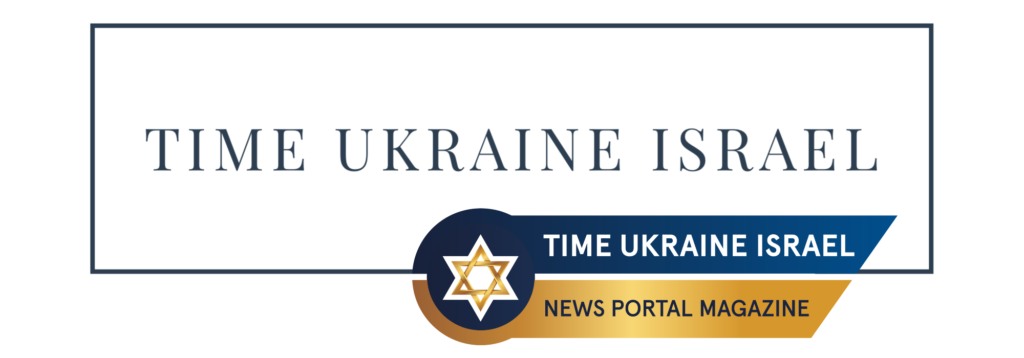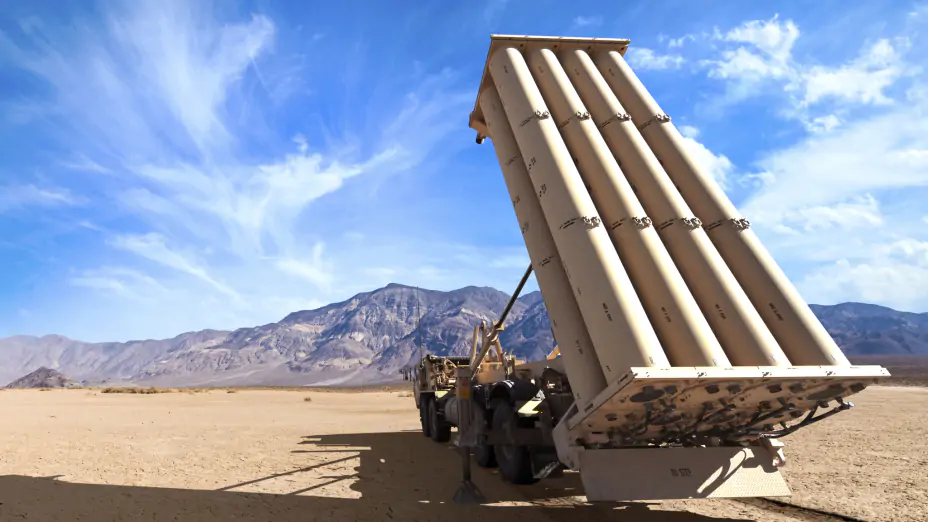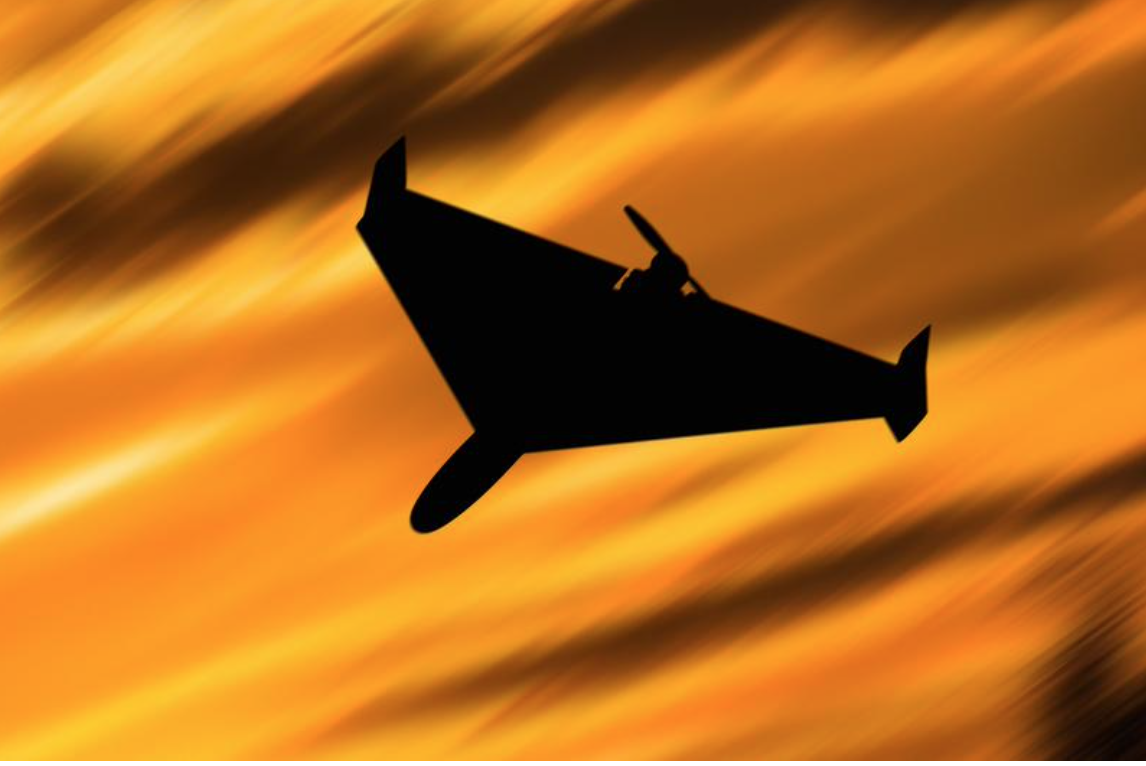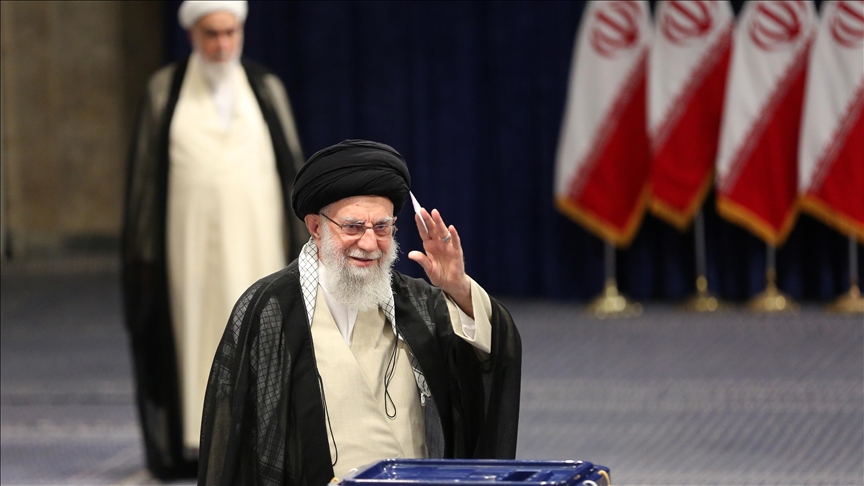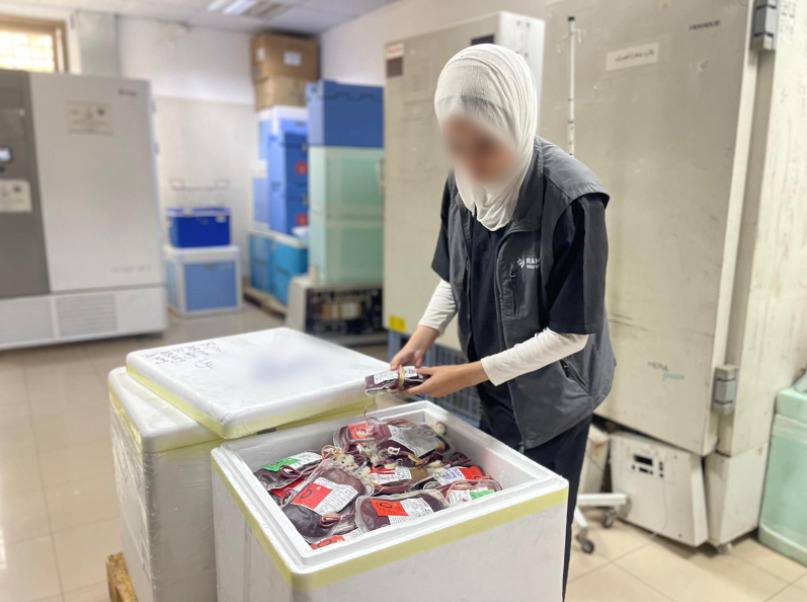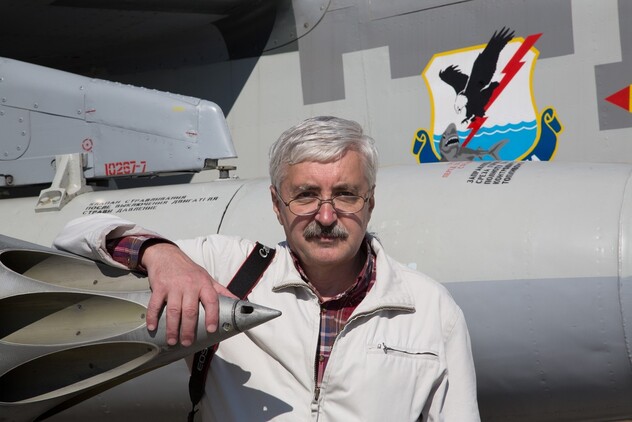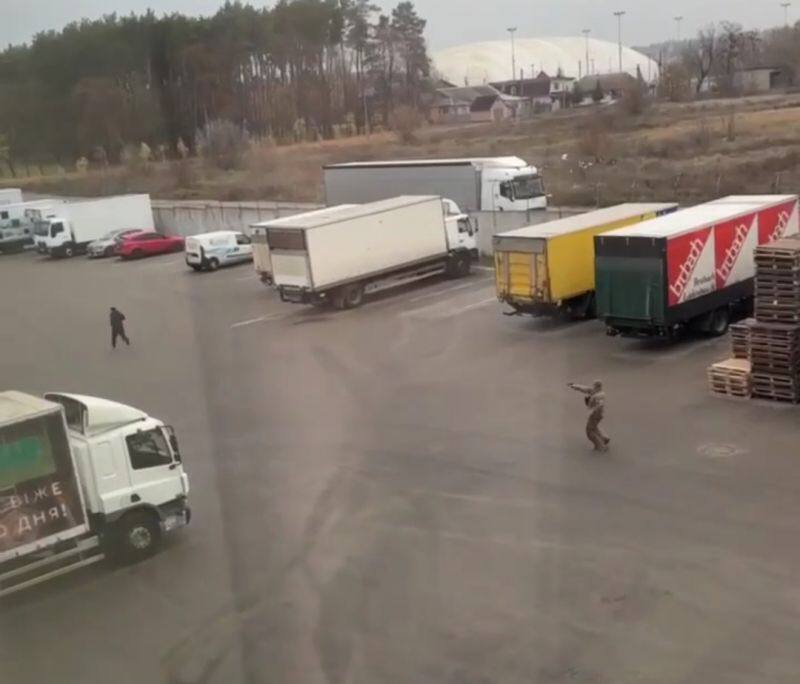THAAD can intercept missiles outside the atmosphere. Photo by lockheedmartin.com
In light of growing threats from Iran, the United States has made an important decision that will strengthen Israel’s defence capabilities. On 13 October, Pentagon spokesman Major General Pat Ryder announced the deployment of a Terminal High Altitude Area Defence (THAAD) battery in Israel on the orders of Defence Secretary Lloyd Austin. This decision, made by President Joe Biden, is a response to the recent escalation of tensions in the region due to Iranian ballistic missile attacks. This was reported by internetua.
The importance of deployment
The move marks not only an increase in the US military presence in Israel, but is also part of a broader shift in US military strategy aimed at maintaining Israel’s security and protecting US interests in the region. As noted in the official press release of the US Department of Defence, the deployment of THAAD will significantly enhance protection against potential attacks.
Capabilities of the THAAD system
The THAAD missile defence system specialises in intercepting short- and medium-range ballistic missiles at the final stage of their flight. This technology makes it possible to destroy threats both at high altitudes and over long distances. With a kill range of up to 200 km and intercept capability at altitudes above 150 km, THAAD is an important element in Israel’s defence system, enhancing its ability to counter missile threats.
Iran’s missile arsenal
The threat from Iran is significant, as the country has one of the largest ballistic missile arsenals in the region. The most important components of this arsenal are the Shahab-3 and Sejjil-2 missiles, which can strike at a distance of over 1,000 and 2,000 km, respectively. This makes them a threat not only to Israel but also to parts of Europe.
Iran continues to develop both ballistic and cruise missiles, which are more difficult to detect and intercept due to their low flight profile. This underscores the importance of reliable air defence systems to protect Israel.
Additional protection systems
The new THAAD system complements Israel’s existing air defence systems, such as Iron Dome, David’s Sling and Arrow 3. In combination, these systems form a powerful shield against missile threats, covering a wide range from short- and medium-range attacks to intercontinental threats.
This is not the first deployment of THAAD in Israel; a similar battery was deployed in 2023 to protect US interests after the Hamas attack on Israel, and in 2019 the system participated in joint exercises with the Israeli military.
Thus, the deployment of the THAAD system in Israel reflects not only the US desire to strengthen the security of its ally, but also its readiness to respond to current challenges arising in the context of global tensions. This is a step that underscores the importance of international cooperation in ensuring peace and security in a region that remains one of the most conflict-ridden areas of the world.
